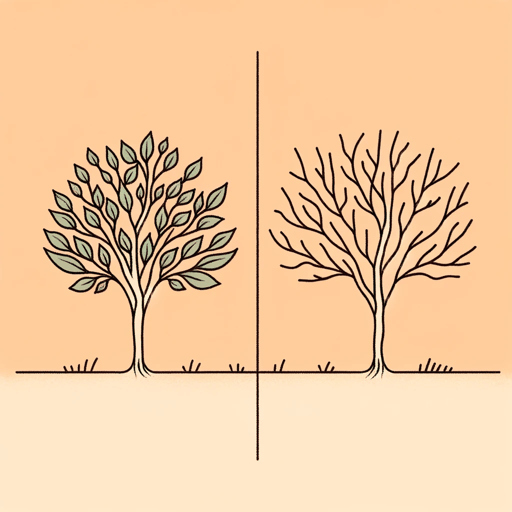63 pages • 2 hours read
Zakes MdaThe Heart Of Redness
Fiction | Novel | Adult | Published in 2000A modern alternative to SparkNotes and CliffsNotes, SuperSummary offers high-quality Study Guides with detailed chapter summaries and analysis of major themes, characters, and more.
Important Quotes
“Bhonco is different from the other Unbelievers in his family, for Unbelievers are reputed to be such somber people that they do not believe even in those things that can bring happiness to their lives. They spend most of their time moaning about past injustices and bleeding for the world that would have been had the folly of belief not seized the nation a century and a half ago and spun it around until it was in a woozy stupor that is felt to this day.”
(Chapter 1, Page 3)
From the first page of the novel, we see that there are fractures even within the realm of the Unbelievers. Even though Bhonco resurrected the cult” (6), he is in conflict with what the expectations are for an Unbeliever. Twin-Twin’s rejection of religion in the Middle generations has evolved in the last century and a half, and being an “Unbeliever” now involves more than just a rejection of religion. It also presumes a worldview that precludes the ability to experience joy and appreciate beauty.
“The Cult of the Unbelievers began with Twin-Twin. Bhonco Ximiya’s ancestor, in the days of the Prophetess Nongqawuse almost one hundred and fifty years ago. The revered Twin-Twin had elevated unbelieving to the heights of religion.”
(Chapter 1, Page 5)
It is ironic that Twin-Twin emulates the fervor of the Believers, even as he rejects belief itself. By divorcing ritual from belief, Twin-Twin has retained the form of religion, while abandoning its core function.
“Yes, Bhonco carries the scars that were inflicted on his great-grandfather, Twin-Twin, by men who flogged him after he had been identified as a wizard by Prophet Mlanjeni, the Man of the River. Every first boy-child in subsequent generations of Twin-Twin’s tree is born with the scars.”
(Chapter 1, Page 13)
The connection between the generations is not just experienced through memory; it is a shared physical reality. Until Xoliswa Ximiya becomes the first woman to inherit Twin-Twin’s scars, each first-born son of each subsequent generation lives the pain of the flagellation received in the name of religion. The pain is not dulled by time but felt afresh by each new recipient.
Related Titles
By Zakes Mda



